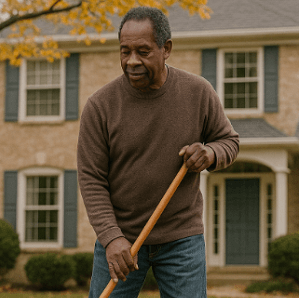A new CDC report on drug overdose deaths in the U.S. from 2002-2022 highlights significant racial and ethnic disparities in overdose mortality rates. While the overall age-adjusted rate of drug overdose deaths remained stable between 2021 and 2022 at about 32.6 deaths per 100,000 population, rates increased for several minority groups.
American Indian and Alaska Native people experienced the highest overdose death rates in both 2021 and 2022, with rates rising 15% from 56.6 to 65.2 deaths per 100,000. This group saw the largest percentage increase of any racial or ethnic category.
Black non-Hispanic, Hispanic, and Asian non-Hispanic populations also saw increases in overdose death rates from 2021 to 2022. In contrast, rates decreased slightly for White non-Hispanic people during this period.
The report notes that misclassification of race and ethnicity on death certificates leads to underestimation of death rates by up to 34% for American Indian and Alaska Native people and 3% for Asian and Hispanic people. This suggests the disparities may be even more pronounced than the data show.
Age was also a factor, with adults 35 and older seeing increased overdose death rates from 2021 to 2022, while rates decreased for those aged 15-34. Adults 65 and older had the largest percentage increase at 10%.
These findings underscore the need for targeted interventions to address the disproportionate impact of the overdose crisis on racial and ethnic minority communities, especially American Indian and Alaska Native populations.
See “Drug Overdose Deaths in the United States, 2002–2022” (March 1, 2024)



